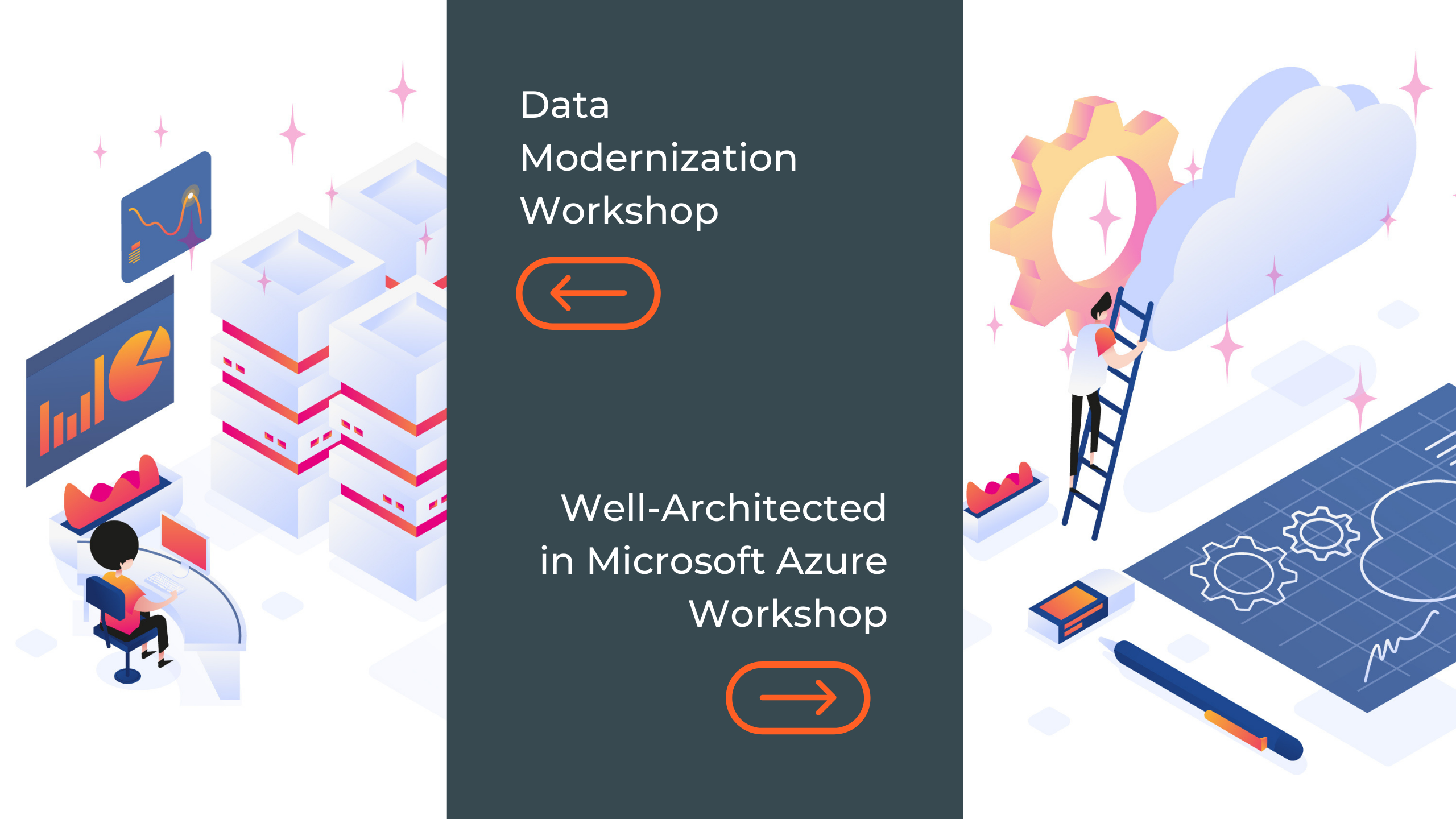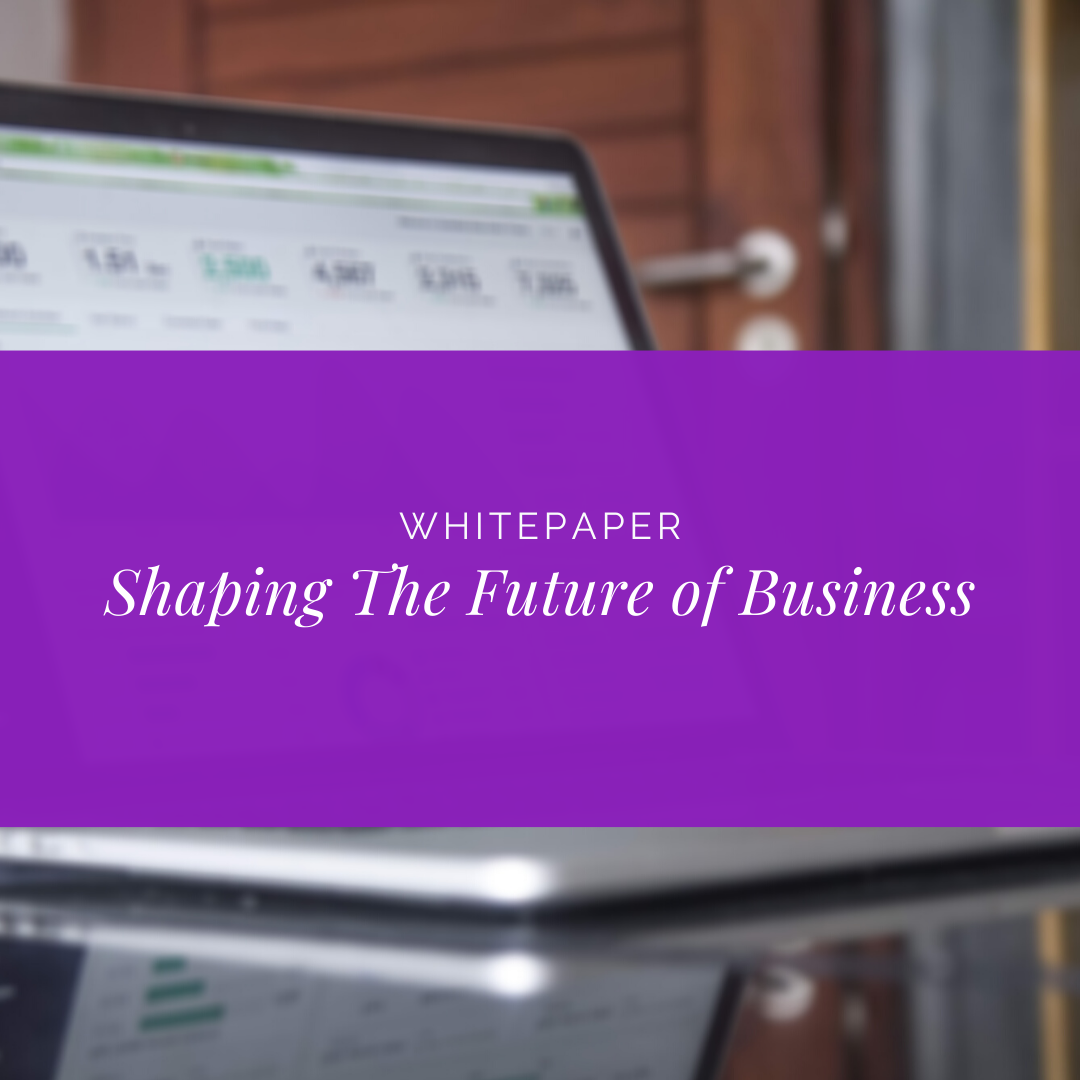
Mihai Tataran
General Manager & Partner | Azure MVP
The Cloud is not just a buzzword. It is one of the most innovative technologies we are living, and it is part of a profound transformation trend together with things like Virtual Reality, Machine Learning, Artificial Intelligence, just to name a few.
I write this article because:
- I have been working with the Cloud for 8 years now, and my company is very focused on delivering such solutions, and
- because there is still a lot of misunderstanding.
So I will describe the common fallacies we have encountered during the talks with potential customers, and how we mitigate them.
Fallacy 1: The Cloud is just another word for co-location or hosting
It might seem so if you just scratch the surface, but it is wrong. Here are just a few reasons why I consider the Cloud a huge paradigm shift:
- Utility costs less even if it costs more or how to pay for what you use. One might compare the cost per unit of time of a Virtual Machine from a hosting provider, with the cost of a VM from a Cloud provider. And the VM in the Cloud might seem to have the same price. Yes, but in the Cloud, you do have great mechanisms which allow you to pay only when you use it, and not pay when you don’t. First, there is the commercial model which counts pricing per minute of usage, which no hosting provider does (at least not that I know of). Second, you have the tools (automation, etc.) which enable such Start/Stop actions very easily.
- On-demand is better than prediction or how not to lose business. Forecasting the needed IT infrastructure for a solution is estimative. You either end up paying for more IT infrastructure than you need, or your infrastructure is not sufficient at the load peaks and you lose business. Just think about Black Friday, and consider that there are also “mini-black Fridays” every week for some businesses. What if your infrastructure could scale automatically based on some restrictions and configurations that you have done? For example: “if my number of web requests per second exceeds 1000, scale up with 1 machine, etc.” This is what the Cloud is about: elasticity.
- Real-time computation or how to access tremendous amount of computing power instantly. Very often we see complex solutions which need huge computing resources for a limited amount of time. E.g.: salaries and benefits software, credit risk analysis, etc. The traditional approach is to invest in the IT infrastructure required to run such software even if it sits unused for 90% of the time. With the Cloud, you can activate/provision the required infrastructure within minutes, use it for as much as you like it, and then stop it. The Cloud offers this flexibility and speed for getting huge resources fast, and then dismissing them.
- Become a data-driven company. Many enterprises sit on enormous amounts of data, which is not stored, categorized, and analyzed properly. Mostly because having Big Data analysis tools on premises is extremely expensive and hard to set up. You know exactly what I am talking about if you ever considered installing a Hadoop Cluster, or even manage a SQL Server Parallel Data Warehouse system. You require diverse skills (IT administrators, DevOps, Database admins, etc.) and it costs a lot. In the Cloud, you have such amazing technologies delivered as a service: first, you do not have the hassle of setting up the infrastructure, and second, you pay per use. You have hundreds of terabytes of data and you need to analyze it? You might want to try Azure HDInsight, or Azure Analysis Services – just to give some examples from Microsoft.
There could be other reasons, but I think they are enough to describe why the Cloud is such different.
Fallacy 2: It is hard to migrate to the Cloud
Yes, moving to the Cloud is not just a walk in the park. Especially if you consider moving the entire infrastructure or core solutions.
That is why we always recommend a step by step approach. While we try to give our customers a longer-term vision, we begin with a simple pilot project which brings immediate results. So, we do talk about cost savings in a 3-5 year period, but we start with a project which is cost effective in a few months, is sustainable from the budget perspective, and does not present enormous risks. Scenarios to start with can be many, but we have seen these most of the time:
- Dev/Test: create Dev, Test, Staging etc. environments where the software development process becomes much more efficient and you see an immediate cost benefit.
- Backup and Disaster Recovery: have backups of the most sensitive data in the Cloud, or even create a secondary site (active or not) in the Cloud, which could be turned on in case of a disaster in your primary infrastructure. I encourage you to read my article on Disaster Recovery.
- Lift and shift: without benefiting from all the possible services in the Cloud, we take a workload from on premises and we move it to the Cloud as close to 1:1 as possible. This is a low risk, fast, sub optimal move to the Cloud.
- Analytics on existing data: you already have data being collected from different sources, but for some reason (cost, complexity, etc.) you are not performing enough analytics on it.
After the successful project, you get a few benefits: there is an early win, your team gets some Cloud specific know-how, and you can further build on it.
Fallacy 3: The Cloud is not secure
Actually, one might be thinking about two different aspects: Data Privacy and Security.
Most of the relevant Cloud providers are doing a good job aligning to the data protection legislation in EU. Microsoft is the case I know best, and they have become a certification machine. A lot of technical details here. On top of this, Microsoft is the single Cloud provider who offers regions (groups of data-centers) located in EU and which are operated by local companies (more exactly in UK, Germany and France). (I only consider AWS and Google alongside Microsoft as real competitors in the Cloud today – I know I might upset some people, but IBM, Oracle and others are kind of niche players or very small compared to the other 3).
As per security, we must consider the fact that a Cloud provider is facing millions of attacks per day. They are facing them, and are learning from them as well. Think about it this way: any new type of attack is analyzed (using Machine Learning) and all customers of that Cloud providers benefit from these findings. As opposed to you staying on your island where you get no specific protection for sophisticated attacks. This is why the actual way to see things should be: “I need to go to the Cloud because of security”. More information about how Microsoft is acting on security here.
Conclusion
The Cloud is here, and you should think about using it because of the huge benefits it could bring. Yes, it is not an easy path migrating to the Cloud, but it has been done by many, there is a lot of expertise on how to do it, and you can take it step by step.
About the author








